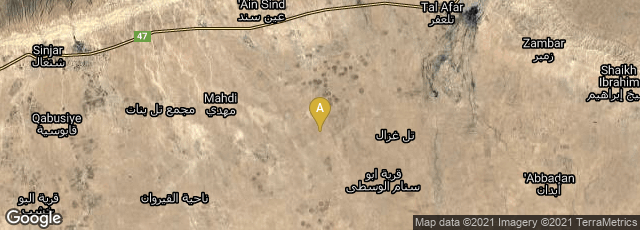In 1853 English traveller, archaeologist, cuneiformist, art historian, draughtsman, collector, politician and diplomat
Austen Henry Layard published
Discoveries in the Ruins of Nineveh and Babylon; with Travels in Armenia, Kurdistan and the Desert: Being the Result of a Second Expedition undertaken for the Trustees of the British Museum. In this work, which has been called one of the best-written books of travel in the English language, Layard described the results of his investigations of the ruins of Babylon and the mounds of southern Mesopotomia. Until Layard's exploration, the identification of the site of Nineveh had long perplexed various archeologists. Among the many discoveries made during this expedition one of the most notable was the
Library of Ashurbanipal. In addition Layard sent to London many of the specimens that form the collection of Assyrian antiquities in the British Museum.
From the standpoint of book history Layard's book is notable for the publisher's cloth binding of blind-stamped brown ribbed cloth, blocked to a Babylonian motif, portraying a human-headed bull in profile, his wings spread round the upper covers. Within a frame below this sculpture there is a sample of cuneiform script. This binding created by Edmonds & Redmonds with their ticket on the rear pastedown is one of the most remarkable publisher's cloth bindings of the 19th century. I find it especially remarkable since it was produced only twenty years after publisher's cloth became widely used as an edition binding material. This may also be the only example of cuneiform script embossed on a publisher's cloth binding during the 19th century.

